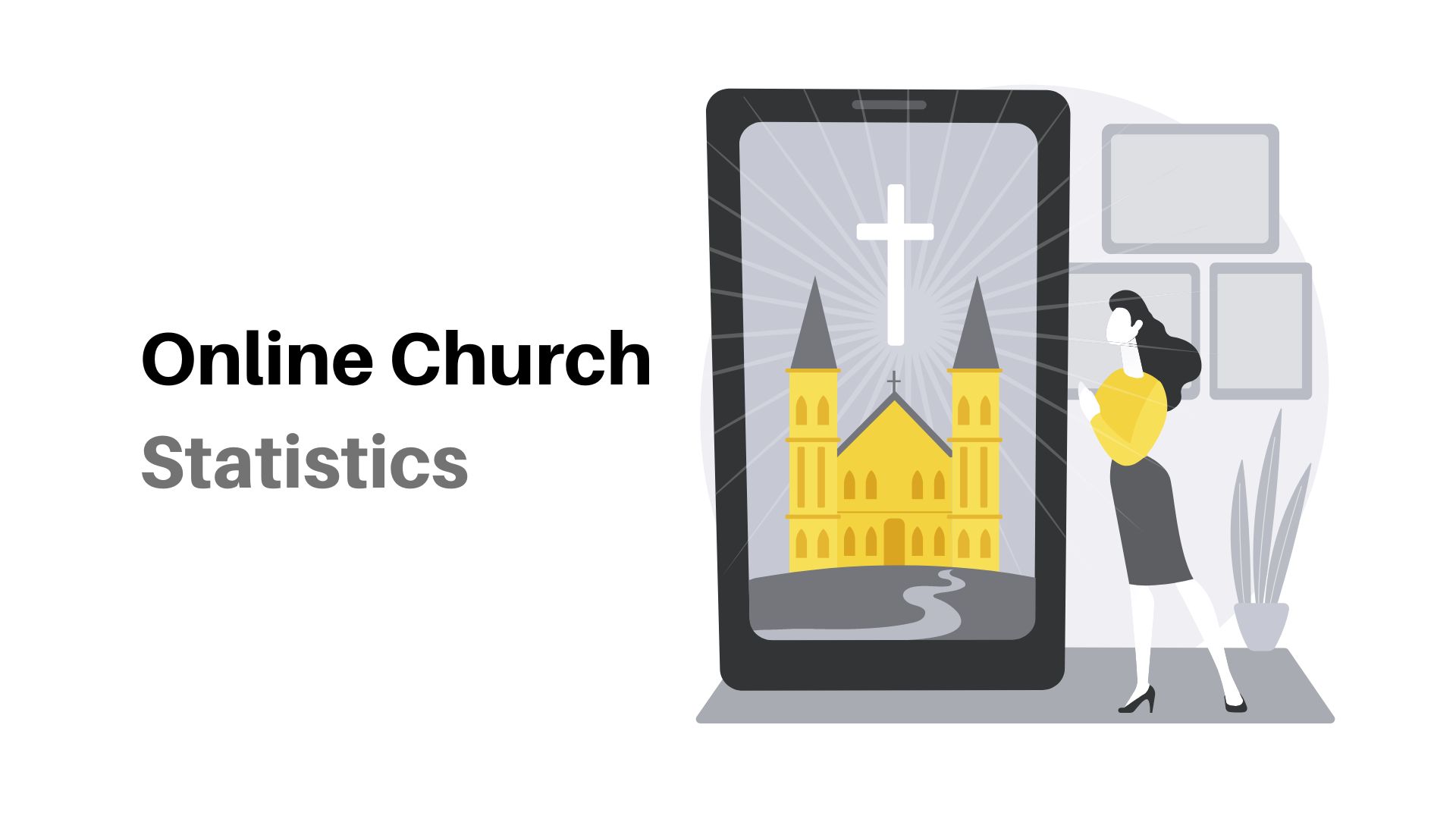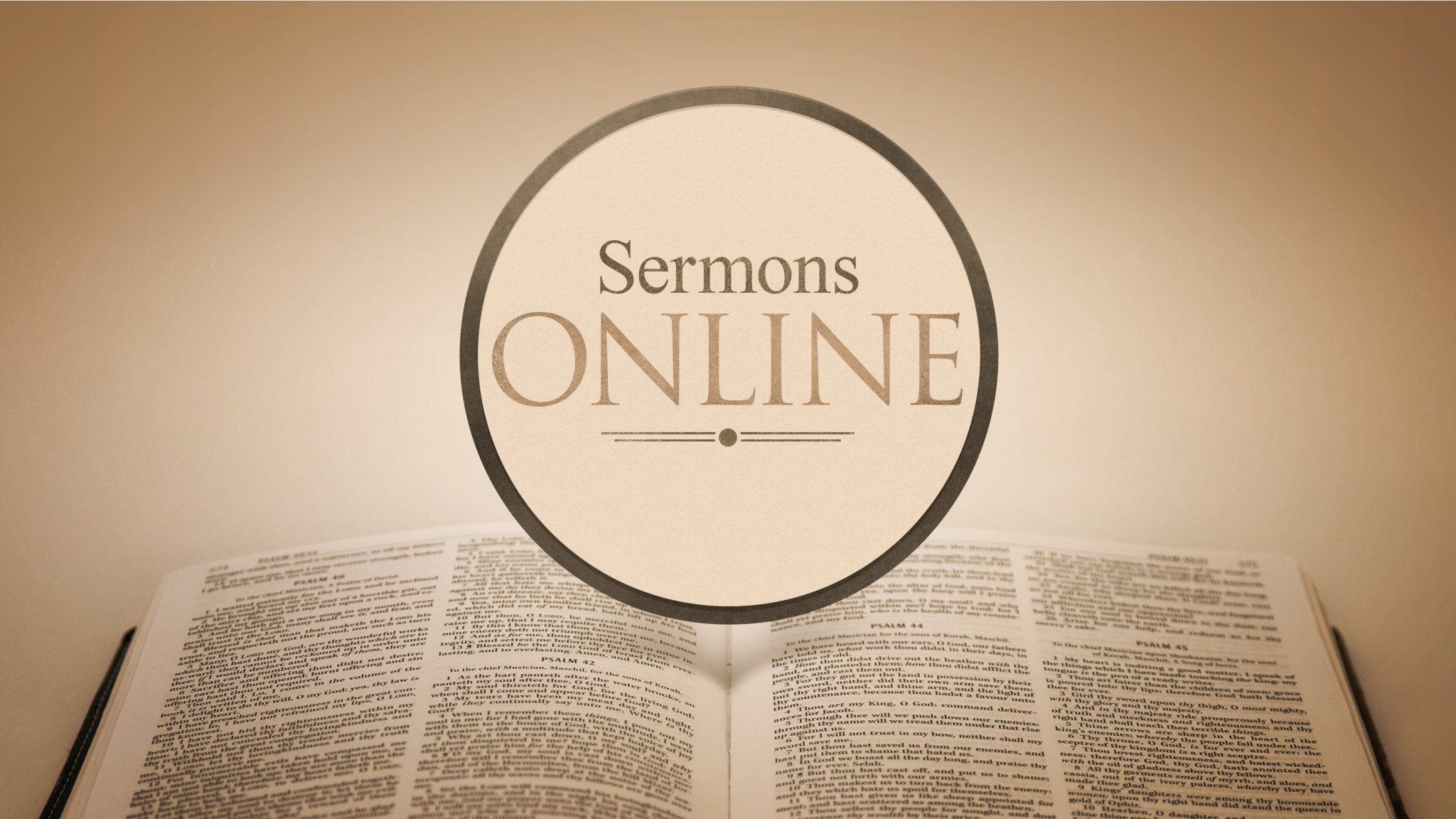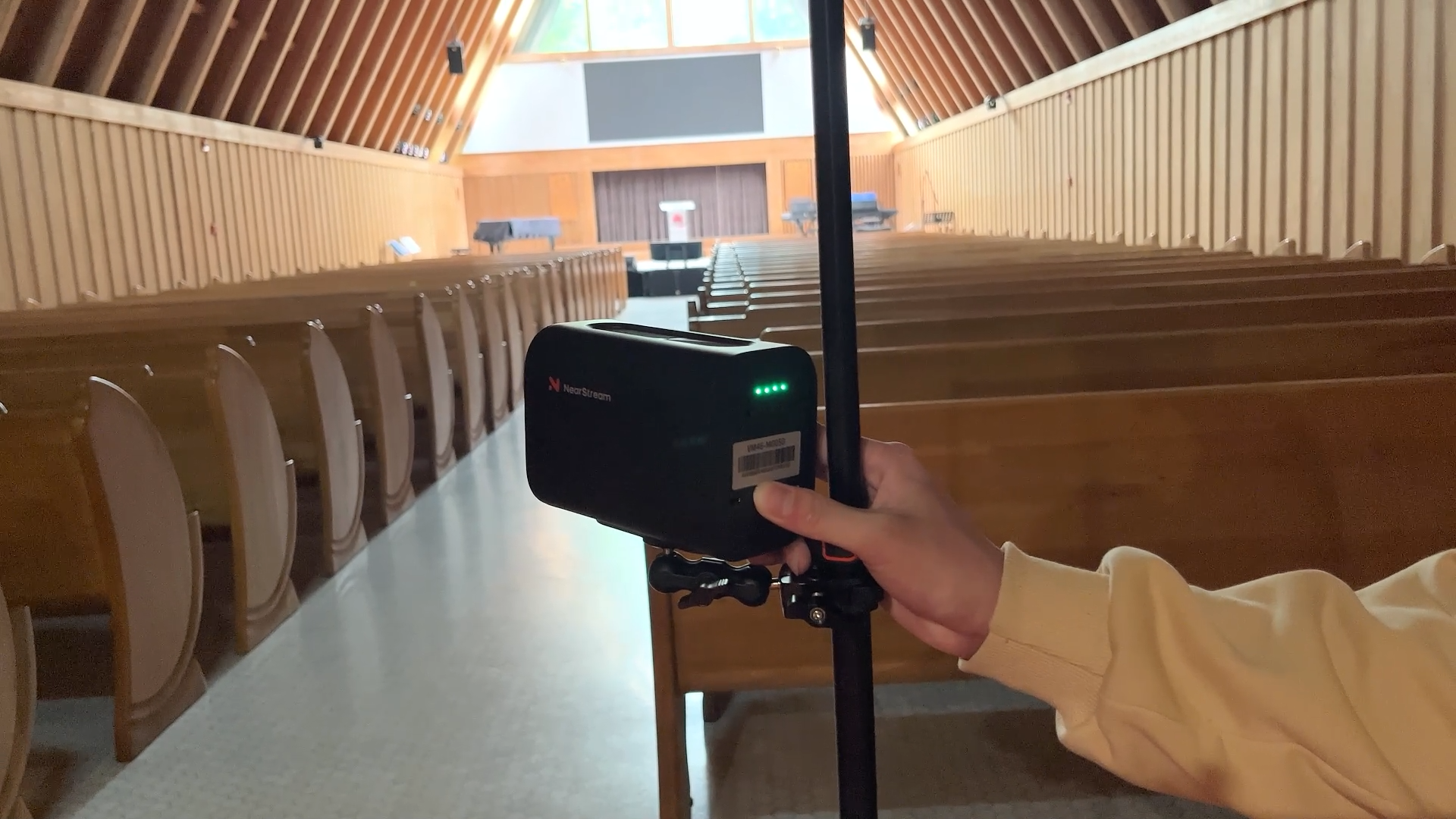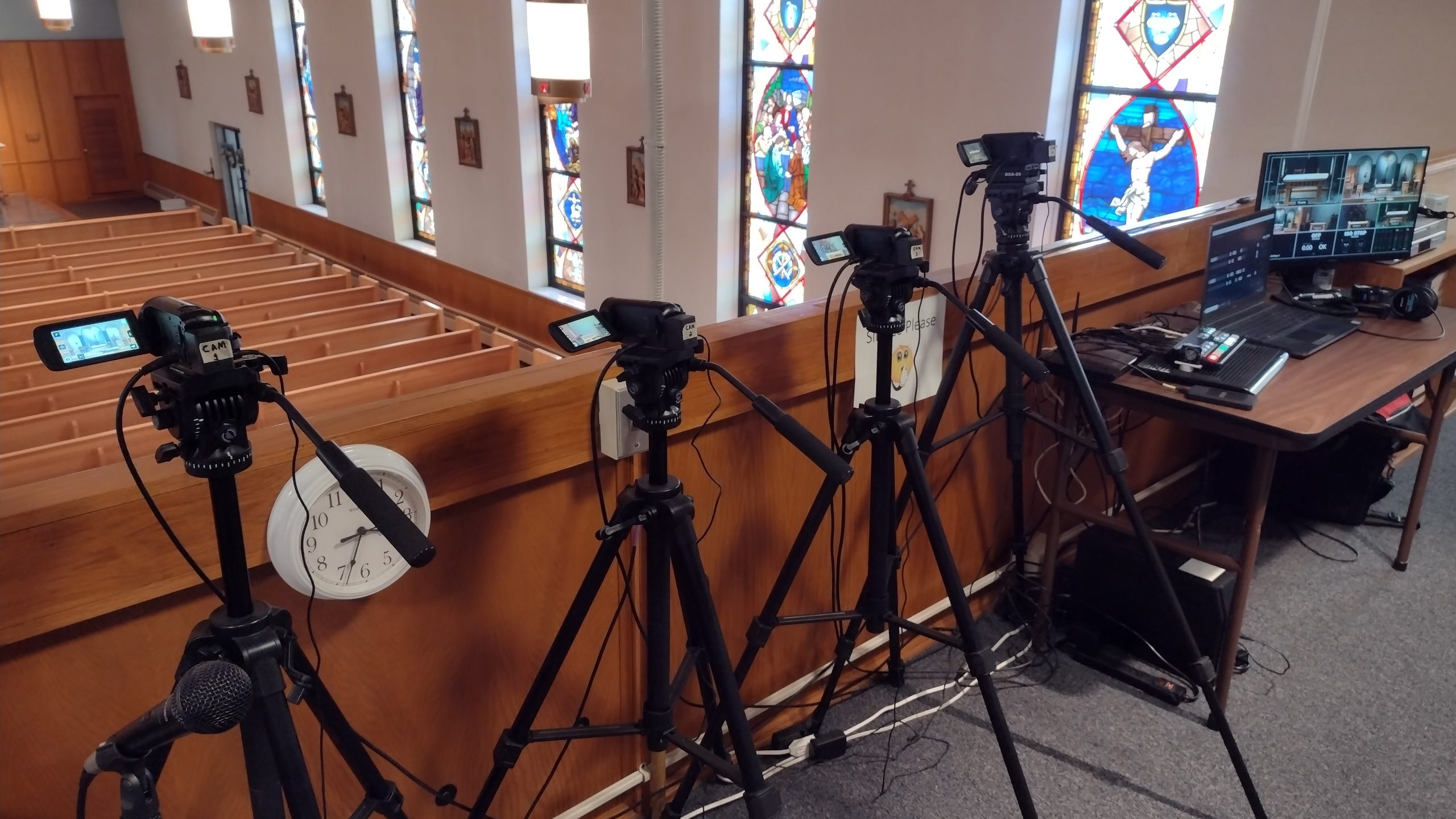Key Statistics on Church Streaming
Livestreaming has significantly impacted modern churches, transforming how they engage with their congregations and reach new audiences. We'll get closer to some key statistics to understand the widespread application of livestreaming in church service:
- A remarkable 44% of individuals prefer praying from the comfort of their homes.
- Nearly half (45%) of Americans participated in at least one online Christian church service.
- Over half (53%) of practicing Christians opted to attend their church’s services via streaming.
- A notable 33% of church attendees discovered their current church through online platforms.
- Interestingly, church websites attract visits from 17 million Americans who do not regularly attend physical services.
- 40% of regularly attending church adults transitioned to streaming services from their usual in-person attendance.
- Highlighting financial success, online church donations exceeded $2.2 billion in just one year.
Clearly, the potential for live-streaming church services is significant and rapidly evolving. So, what can the church get from live streaming church services? In the next part, we will figure out that.

Perks of Live Streaming Church Services
Embracing the trend of live streaming brings significant advantages to church services, enhancing convenience, flexibility, and global reach. By live-streaming church services, you make worship accessible to a broader audience, overcoming barriers like distance, health, and personal circumstances. Here are some main advantages:
Accessibility: Live streaming ensures that church members worldwide can participate in worship, fostering a more inclusive church community on a global scale.
Convenience: Offering flexibility, live streams allow churchgoers to tune in at their convenience or access recorded sessions if unable to attend live.
Engagement: Interactive features on modern platforms enable real-time engagement through comments, likes, and shares, mirroring the interactive nature of in-person services.
Appealing to Younger Generations: Live streaming aligns with the digital habits of younger demographics, making it a powerful tool for outreach and connection.
Content Repurposing: Recorded streams can be repurposed for promotional materials or shared on digital platforms like YouTube, extending the reach of your message beyond live broadcasts.
Financial Impact: Access to a global audience can boost financial support through online offerings and tithes during virtual services.
Integrating live streaming into your church’s communication strategy can profoundly impact growth, outreach efforts, and foster international fellowship. The benefits of livestreaming are clear. Then, we introduce you to the most popular livestreaming platforms.

Top Platforms for Church Live Streaming
Selecting the right live-streaming platform for your church hinges on matching platform features with your church’s specific requirements. Here’s a look at some popular choices:
Facebook Live:
Facebook Live offers churches a user-friendly, cost-effective platform leveraged by its widespread familiarity. Churches can establish a dedicated Facebook Page to schedule and stream services live, encouraging members to share broadcasts with their networks, effectively expanding outreach.

YouTube Live:
YouTube Live stands out as another favored platform among churches. Through a dedicated channel, churches can seamlessly stream services, allowing members to subscribe for notifications on upcoming broadcasts. The integrated chat feature facilitates real-time interaction during services, enhancing engagement and community participation.
Actually, not only are these two live streaming platforms available, but your church website is also one of the best ways to present your church service.

Utilizing Your Church Website for Streaming
Using your church website for streaming is an effective way to ensure that both your congregation and a global audience can easily access worship services. By embedding live video directly on the church website, parishioners can watch services from a familiar page without the need to download additional software or visit other platforms.
Furthermore, the church website can provide additional information and resources such as event announcements, donation links, and contact details, enhancing audience engagement and community connection. This centralized solution not only simplifies technical management but also improves the overall viewer experience.
Church live streaming is undoubtedly a growing trend. Just like influencers gaining followers, we also need to understand how to increase the audience for our online church services.
6 Strategies to Boost Attendance at Church Livestreams
Nowadays churches competing for viewers’ attention must adopt a strategic approach to increase attendance at their online services. Six effective strategies to attract and retain audiences for your church’s livestreams are introduced:
Harness the Power of Social Media
Utilize social media platforms like Facebook, Instagram, and Twitter to promote your online church services effectively. Engage your audience with regular updates, captivating images, and teaser videos leading up to the service. Interact actively by responding to comments and sharing user-generated content to foster community engagement.
Enhance Streaming Quality
Invest in professional-grade audiovisual equipment and reliable streaming software to ensure high-quality broadcasts. Clear audio and sharp visuals are crucial in retaining viewers’ interest throughout the service and encouraging return attendance.
Feature Guest Speakers
Inject diversity and fresh perspectives into your virtual church services by inviting guest speakers. Promote their participation via social media and your church’s website to generate anticipation among your congregation and attract new viewers seeking varied spiritual insights.
Incorporate Interactive Elements
Keep viewers engaged during your livestreams by incorporating interactive segments. Encourage participation through live polls, prayer requests, and Q&A sessions. These interactive features foster a sense of community and active involvement among online congregants, enhancing their overall experience.
Maintain Consistent Scheduling
Establishing a reliable schedule for your church livestreams is essential to building viewer trust and fostering regular attendance. Display your streaming schedule prominently on your church’s website and promote it consistently across social media platforms. Consistency helps viewers plan and prioritize attending your virtual services amidst their busy schedules.
Listen and Respond to Feedback
Encourage viewers to share feedback and suggestions after each livestream. Analyze their insights to identify areas for improvement and refine your online services accordingly. Engaging with viewer feedback demonstrates your church’s commitment to enhancing their online worship experience.
By implementing these strategies thoughtfully, your church can effectively increase attendance at livestreamed services, deepen engagement with your congregation, and extend your reach to new virtual participants seeking spiritual connection and community online.
After all these introductions, we now have a preliminary understanding of church live streaming. In fact, there's quite an art to choosing the right tools for it.

Essential Equipment for Church Live Streaming
Creating a live-streaming setup for your church service involves several key components. Following outlines the essential equipment needed to achieve high-quality streams:
• Camera
Choosing the right camera is crucial as it serves as the primary source of video content. Options range from webcams to professional-grade DSLRs or camcorders, offering varying levels of image quality, zoom capabilities, and low-light performance.
Here, we recommend NearStream VM33 live streaming camera. It provides stable and reliable performance, ensuring uninterrupted broadcasts. The camera's excellent zoom capabilities allow for versatile shot compositions, making it ideal for capturing both wide congregation views and close-up speaker shots.

High-quality audio is essential for a professional live-streaming experience. Choose a microphone system that delivers clear, rich sound, with wireless options offering flexibility and safety benefits in church settings.

• Tripod
A sturdy tripod is essential to maintain steady video footage, supporting different camera angles and preventing shaky images.

ref: Technology Ministry - St. Clement Church (stclementjohnstown.org)
• Internet Connection
A stable and reliable internet connection is paramount for successful live streaming. Aim for an upload speed of at least 5Mbps to ensure smooth streaming, with higher speeds preferred for better video quality.
• Computer or Laptop
A robust computer or laptop is necessary for running streaming software and handling video and audio processing. Consider using a dedicated device solely for streaming purposes.

• Streaming Software
Selecting appropriate streaming software is critical for real-time encoding and streaming of your church service. Look for user-friendly platforms that offer features like multi-source switching and overlays, such as OBS, which can integrate streams directly into your church’s website if desired.
• Encoder
An encoder converts raw video files into a digital format suitable for streaming. Decide between hardware or software encoders based on your specific streaming needs and setup preferences.
Setting up church live-streaming equipment might seem challenging, but focus on what fits your budget and technical skills. Whether you choose a simple or advanced setup, the main goal is to connect with and engage your church community, no matter where they are.
Once you have all the equipment ready, the next step is to quickly master how to start a church live streaming.
Easy Steps to Livestream Church Services
To successfully livestream your church services, follow this comprehensive guide covering essential steps like selecting a platform, setting up equipment, and managing your stream effectively.
Step 1: Choose the Right Streaming Platform
Selecting an appropriate streaming platform is crucial for livestreaming church services. Options like Facebook Live, YouTube Live, or embedding streams on your church’s website offer varying features and audience reach. Tailor your choice based on your congregation's preferences and your outreach goals.
Step 2: Gather Necessary Equipment
Compile essential equipment such as a quality camera, microphone, tripod, computer or laptop, and streaming software. Each piece should be optimized for livestreaming to ensure smooth operation and high-quality audiovisual output.
Step 3: Establish a Reliable Internet Connection
Ensure a stable internet connection with sufficient upload speed (3-5 Mbps minimum) for consistent stream quality. Wired Ethernet connections are preferable over Wi-Fi for reliability during broadcasts.
Step 4: Connect Camera and Microphone
Securely connect your camera and microphone to your computer or laptop using appropriate cables. Consider using a video switcher for managing multiple cameras, following setup instructions carefully.
Step 5: Set Up Streaming Software
Install and configure livestreaming software like OBS Studio or Wirecast on your device. These tools manage audio-video inputs, camera angles, and stream features for a professional broadcast experience.
Step 6: Configure Audio and Video Inputs
Input audio and video signals into your streaming software, adjusting settings for optimal sound and visuals. Conduct thorough tests to ensure seamless performance before going live.
Step 7: Log In and Input Stream Key
Access your chosen platform (Facebook, YouTube, etc.) and input the unique stream key from your software to establish a secure connection. Verify credentials and administrator access for initiating the livestream.
Step 8: Conduct Test Streams
Before broadcasting, conduct test streams to troubleshoot any technical issues like audio clarity or lighting. Fine-tune settings to enhance viewer experience during the actual service.
Step 9: Promote Your Livestream
Promote upcoming livestreams via social media, email newsletters, and church communications to boost attendance. Encourage followers to mark their calendars and share the event with others.
Step 10: Begin Broadcasting Early
Start streaming 10-15 minutes before the service begins to allow viewers to join and address last-minute technical adjustments. Use background music or countdown timers to engage early arrivals.
Step 11: Engage with Viewers
Throughout the livestream, interact with viewers by responding to comments and questions. Designate a team member to manage interactions, fostering community engagement and connection.
Step 12: Conclude and Review
Thank viewers at the end of the service, inviting them to future events. Analyze viewer feedback and engagement metrics to improve future livestreams and enhance viewer satisfaction.
By meticulously planning each step—from platform selection to post-stream analysis—you can create engaging livestreams that expand your church’s outreach, connect with your congregation, and attract new members to your virtual community.

Stream Your Worship Services with NearStream VM33
Enhance your ministry’s impact and share messages of inspiration, motivation, and love through your church’s worship. With the NearStream VM33, streaming your services is as easy as pressing a button, ensuring your congregation is connected within moments.
Expand your church’s reach by broadcasting your sermons simultaneously on more than 30 social platforms, including Facebook, YouTube, and your own website. Whether live or scheduled ahead, you can deliver your sermons when and where your audience is most receptive.
With the ability to pre-record and schedule your sermons, NearStream VM33 gives you the flexibility to share your message at the optimal time, ensuring your voice is heard without limitations.
Don’t miss the opportunity to connect deeply with your congregation—start livestreaming with NearStream VM33 today and discover the seamless power of advanced streaming solutions tailored for churches.
If you want to know more about VM33, you may watch this video: https://www.youtube.com/watch?v=7qT5EVfdxBM
Conclusion
Livestreaming church services is a powerful way to connect with your congregation and reach a broader audience. By utilizing advanced equipment like the NearStream VM33 camera and following best practices for setup and engagement, you can create high-quality, immersive worship experiences. Embrace the digital age to expand your church's reach, foster community, and ensure that everyone can participate in your services, no matter where they are. Investing in reliable, high-performance tools and strategic planning will help you deliver inspiring and seamless online worship experiences.
NearStream VM33 - 2K HD Wireless Streaming Camera is an all-in-one wireless live streaming multicam with an optical lens, perfect for streamers seeking a second camera or for recording entire church, wedding, sports, conference, online meetings, or any live events. If you want higher quality, you can choose NearStream VM46 with a 4K resolution.























